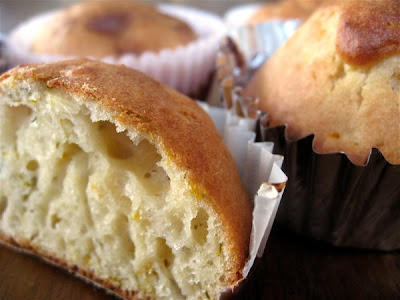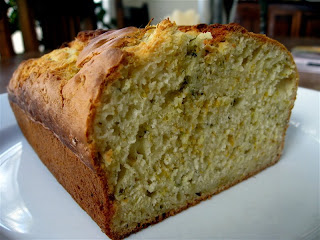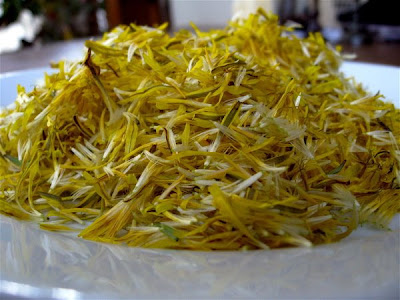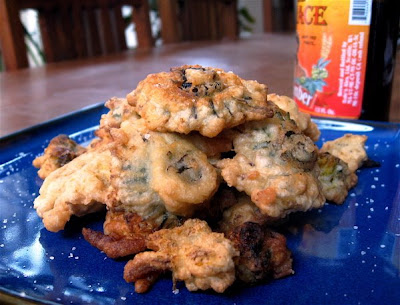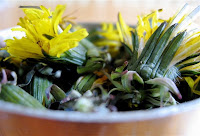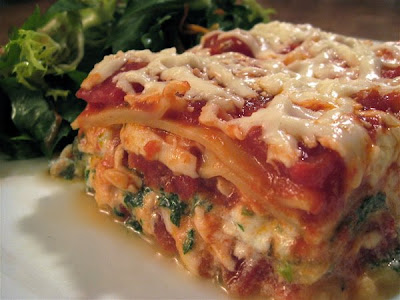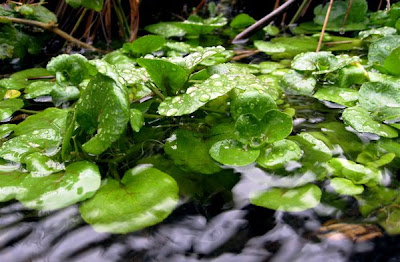 WHAT BETTER WAY to kick off a new year of foraging than an early spring Stinging Nettle Ravioli. You’ll want your pasta maker for this one, which might require an additional spring cleaning.
WHAT BETTER WAY to kick off a new year of foraging than an early spring Stinging Nettle Ravioli. You’ll want your pasta maker for this one, which might require an additional spring cleaning.
Filling
Make the filling while your pasta dough is “resting” in the fridge.
10 oz stinging nettles (equivalent to 1 package frozen spinach) 
1 15 oz ricotta
1/2 cup grated parm
1/4 cup whipped cream cheese
1 egg
1/2 tsp white pepper
1/4 tsp salt
1/8 tsp grated nutmeg
1. Blanche nettles for 1 minute in boiling water and drain. This is enough to neutralize the sting and cook the nettles. Squeeze out excess water. Chop nettles. Later in the season, when the nettles are more robust, you’ll want to remove the lower stem.
2. Combine cheeses, seasoning, and egg into a bowl. Stir in chopped nettles.
Pasta
 I follow Marcella Hazan’s recipe, which calls for 2 large eggs per cup of flour and a half-teaspoon of milk for filled pasta. I doubled the amounts. (Be prepared to add more flour as necessary; as with baking, anything can influence the making of fresh pasta: heat, humidity, the stock market…)
I follow Marcella Hazan’s recipe, which calls for 2 large eggs per cup of flour and a half-teaspoon of milk for filled pasta. I doubled the amounts. (Be prepared to add more flour as necessary; as with baking, anything can influence the making of fresh pasta: heat, humidity, the stock market…)
2 cups unbleached all-purpose flour
4 large eggs
1 tsp milk
 Unlike Marcella, however, I combine my pasta ingredients in a food processor (horrors!), removing the dough when it starts to ball up and adding more flour by hand until I can reach a finger into the dough and pull it out without any dough sticking.
Unlike Marcella, however, I combine my pasta ingredients in a food processor (horrors!), removing the dough when it starts to ball up and adding more flour by hand until I can reach a finger into the dough and pull it out without any dough sticking.
Next I commence to kneading. The technique here is to use the heel of your palm and push down on the dough, flattening it in the middle, then turning the dough clockwise a half turn, folding it over and pressing the heel of your hand into the dough again. Repeat. Repeat some more. Repeat until it’s smooth as the proverbial baby’s bottom, no less than eight minutes according to Marcella.  Now refrigerate in plastic wrap while you make the filling.
Now refrigerate in plastic wrap while you make the filling.
After retrieving the pasta dough from the fridge, roll it into a log and cut it into a dozen equal parts (Marcella calls for six parts per 2 eggs). Each part then gets fed into the pasta maker, starting at 1 and finishing at 6.
 Make two leaves at a time (top and bottom layers), trim them, and use a melon ball scoop to add the filling at intervals. Next sandwich the two leaves and use a fluted pasta wheel to get those nice scalloped edges, making sure to firmly press the two leaves together around each dumpling.
Make two leaves at a time (top and bottom layers), trim them, and use a melon ball scoop to add the filling at intervals. Next sandwich the two leaves and use a fluted pasta wheel to get those nice scalloped edges, making sure to firmly press the two leaves together around each dumpling.
Sage Butter Sauce
Figure a minimum of a tablespoon of butter and a tablespoon of chopped fresh sage per serving (with more butter for those of us not hung up about fat content). Melt butter in small saute pan over medium heat. While the butter is starting to melt, gently drop ravioli into a pot of salted water on low boil. Add sage to butter. The ravioli should start floating to the surface after a couple minutes. Remove to a warm plate with slotted spoon. Meanwhile, stir the butter and sage as the butter foams, and just as it starts to brown a tiny bit kill the heat and pour sauce over ravioli. Add a few grindings of salt. The specks of brown, caramelized butter sweeten the sauce ever so slightly, and combined with the sage, this simple sauce packs a wallop that belies its meager list of ingredients.
Serves 6-8.


Like this:
Like Loading...
 After posting about my spring de-tox, it occurred to me that Stinging Nettle Tea really deserves its own post. This is a tonic everyone should know about, a tonic that’s survived through the ages because it works.
After posting about my spring de-tox, it occurred to me that Stinging Nettle Tea really deserves its own post. This is a tonic everyone should know about, a tonic that’s survived through the ages because it works. The month of March, I was surprised to learn from my family doctor, is the worst time for flu, and I found this out first-hand toward the end of my de-tox. Who knows whether thrice-daily cups of Nettle Tea boosted my immune system, but I was able to lick the flu relatively easily without suffering the worst of its blows.
The month of March, I was surprised to learn from my family doctor, is the worst time for flu, and I found this out first-hand toward the end of my de-tox. Who knows whether thrice-daily cups of Nettle Tea boosted my immune system, but I was able to lick the flu relatively easily without suffering the worst of its blows. I scavenged a window screen and lay it across stacks of books at the four corners. (You could probably use baking pans in an oven turned very low, too.) Now employ a fan to blow off moisture. Turn the nettles periodically with tongs. Drying time will vary by local climate. Here in the Pacific Northwest it took a few days to fully dry my batch. Once dried, the nettles lose their sting.
I scavenged a window screen and lay it across stacks of books at the four corners. (You could probably use baking pans in an oven turned very low, too.) Now employ a fan to blow off moisture. Turn the nettles periodically with tongs. Drying time will vary by local climate. Here in the Pacific Northwest it took a few days to fully dry my batch. Once dried, the nettles lose their sting.

















